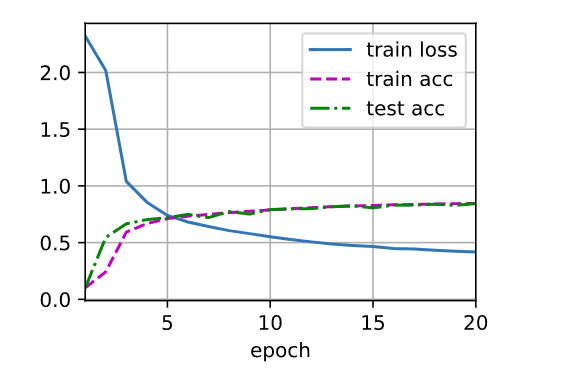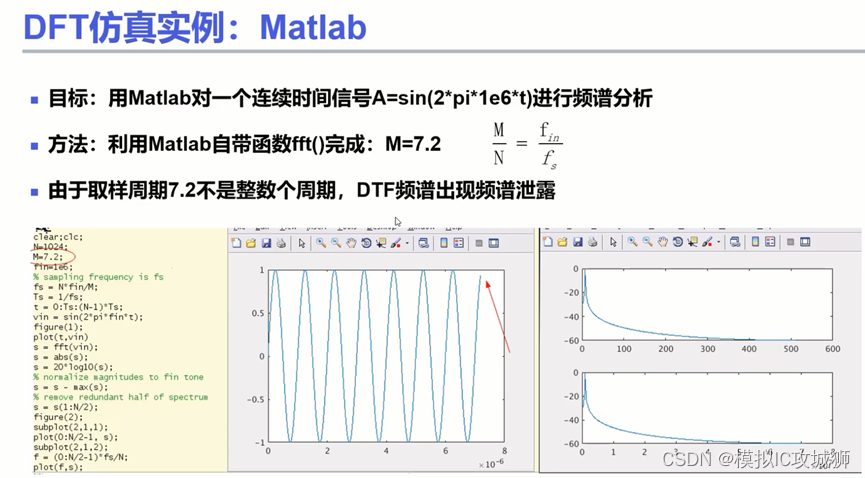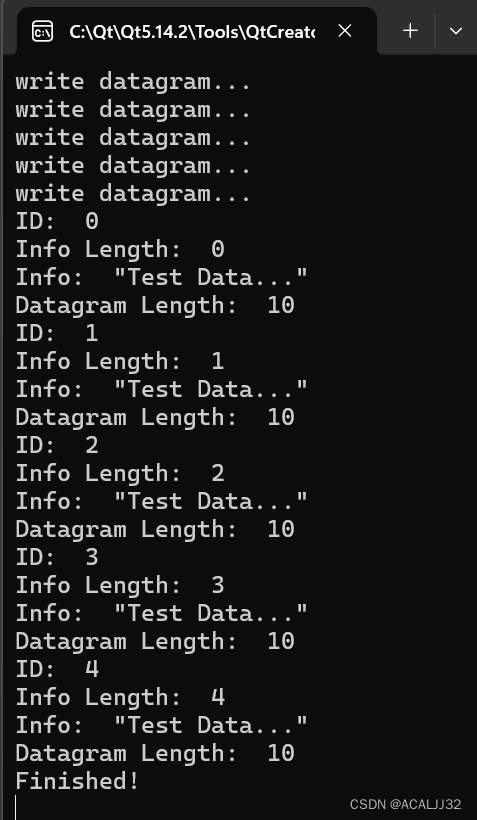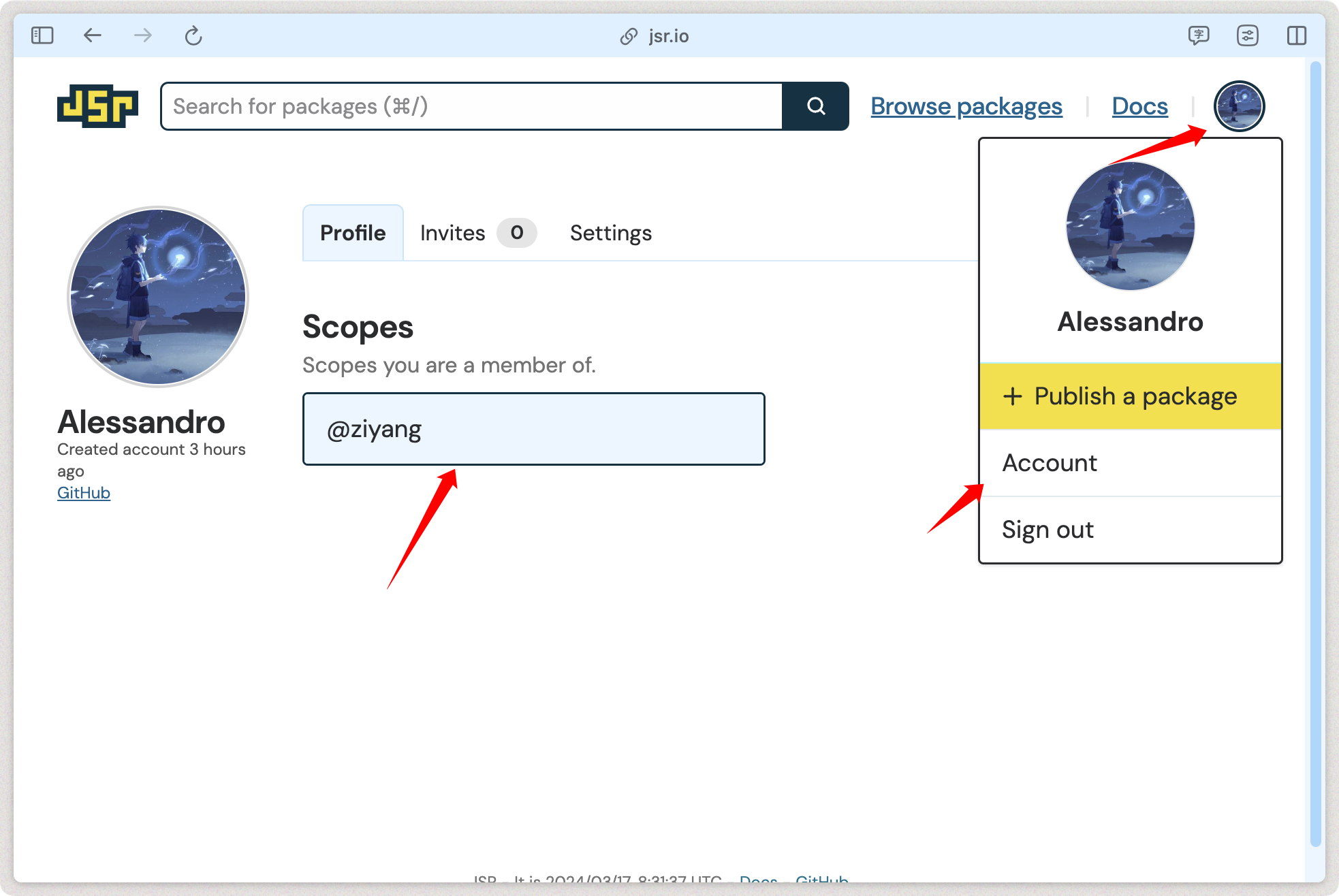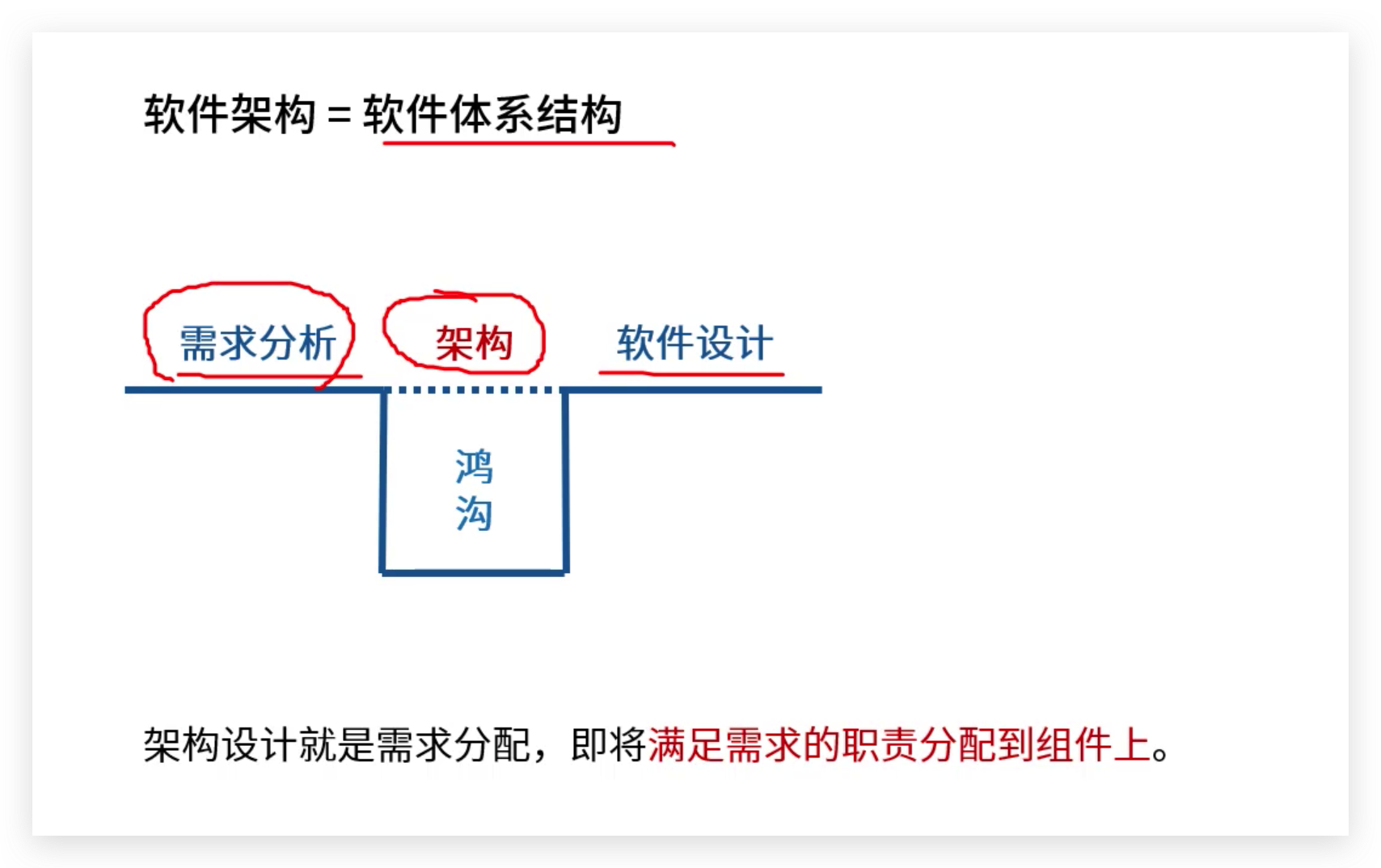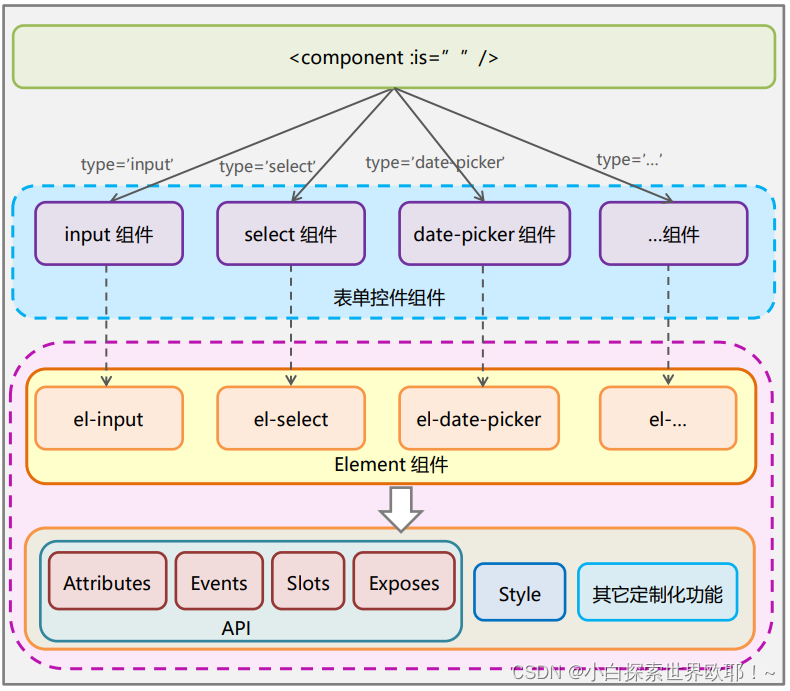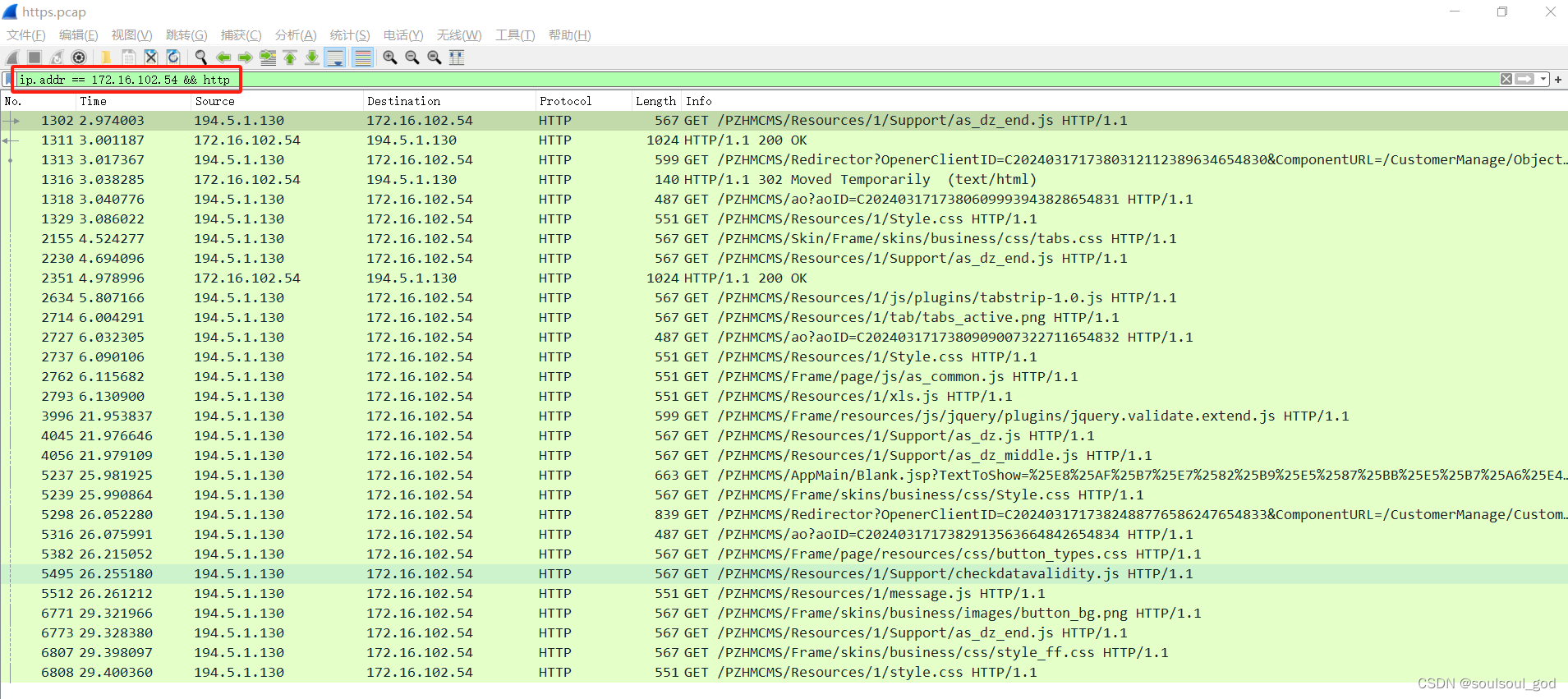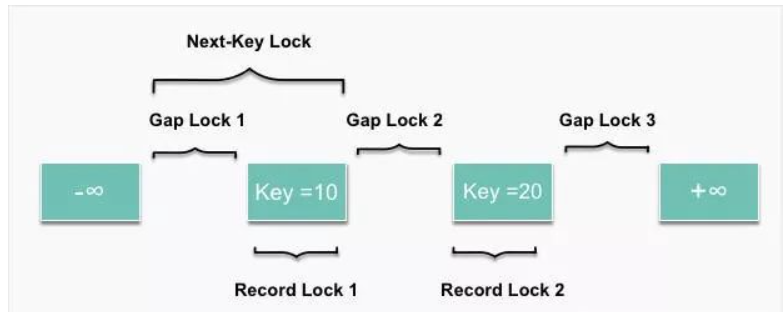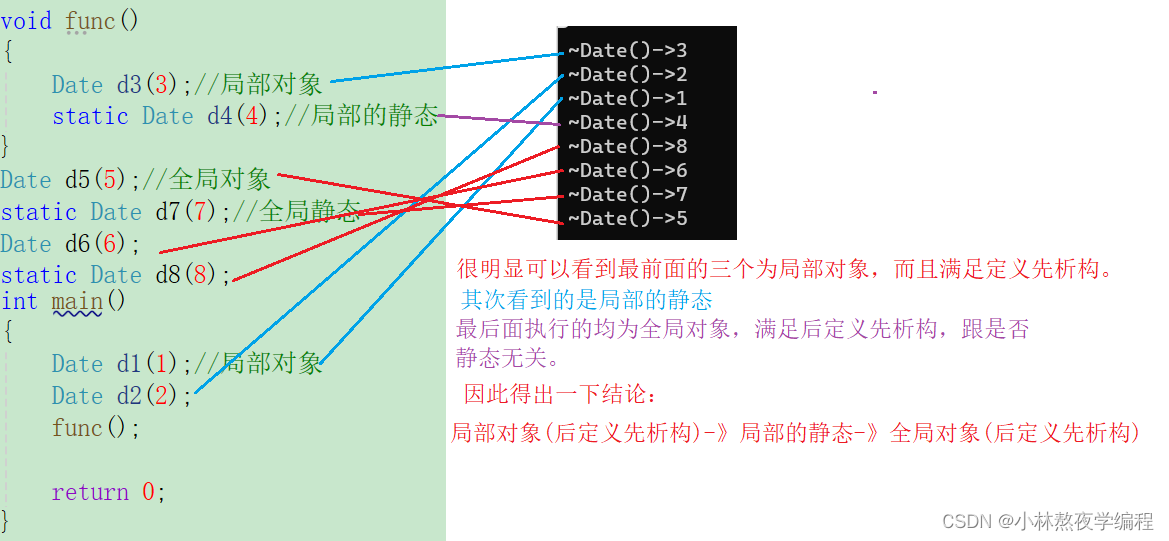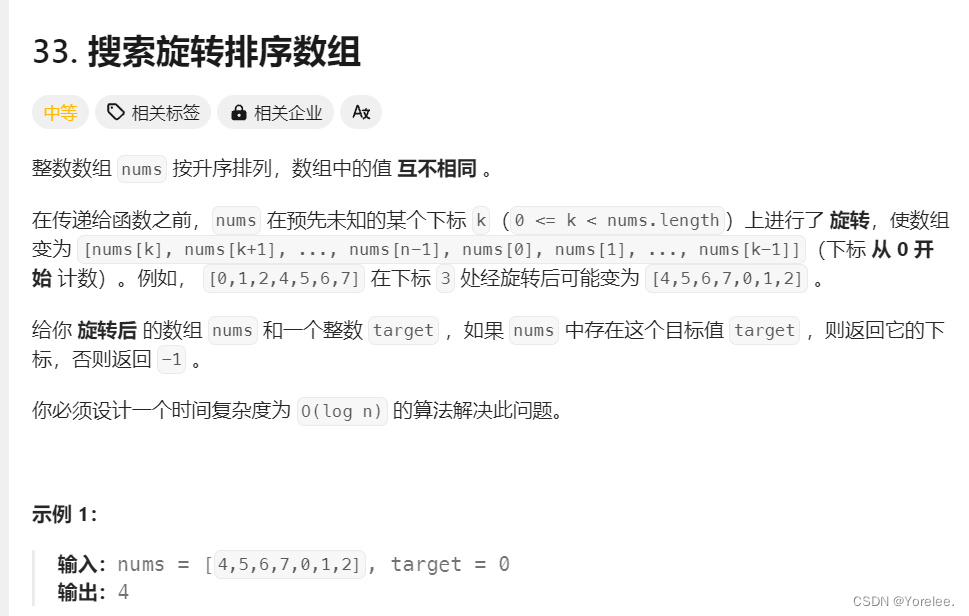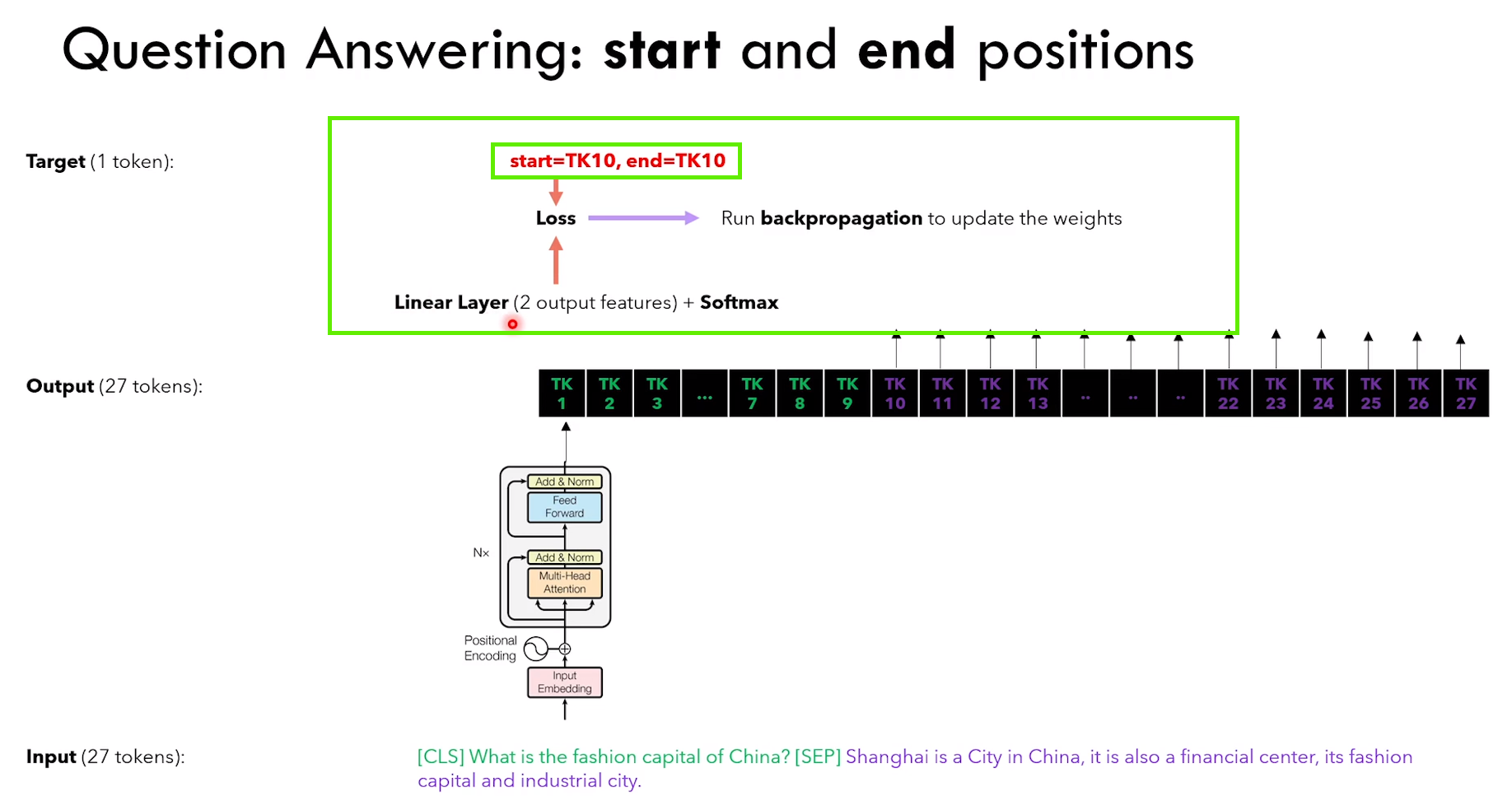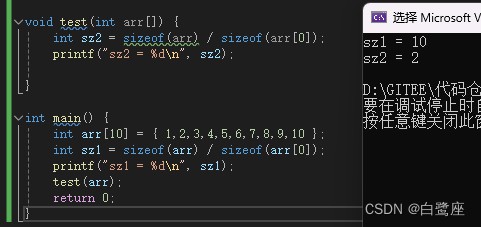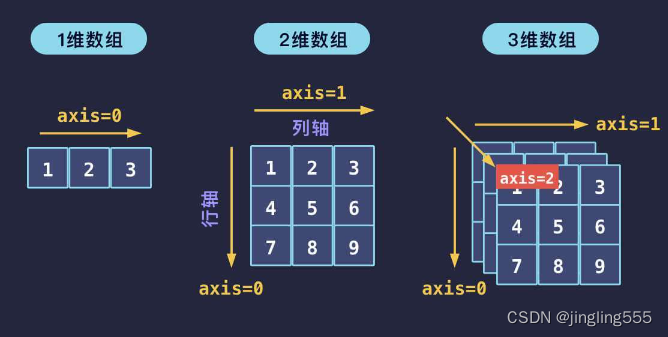目录
INSTRUCTIONS
Question 1. Understanding Quantitative Research
Question 2. Inputting data into Jamovi and creating variables (using the dataset)
Question 3. Outliers
Question 4. Tests for mean difference
Question 5. Correlation Analysis
INSTRUCTIONS
You will be given a database, containing participant data from an experiment. The database contains some mistakes and incomplete information. Your tasks will be to clean the database so that you may run the proper analyses. The Jamovi dataset can be found on Canvas, [here]
You will need the programme Jamovi to complete this assessment. You can find it here: https://appsanywhere.kingston.ac.uk or jamovi desktop - jamovi
List of tasks:
1. Demonstrate knowledge of Quantitative methods
2. Computing/Transforming variables in Jamovi
3. Descriptive statistics
4. Plotting data
5. Outlier detection
6. Comparing means
7. Qualitative and quantitative research
Note that not all tasks will require the same amount of time to complete.
This assignment is a report. This means:
- Create a new Word document where you write down all your answers (formatted nicely)
- Be concise and straight to the point when describing your results
- Write up each task (1-6) under a separate heading
- Present your results professionally and explain to the reader what each figure and/or table represents.
- Label any figures, tables or graphs
- No references are needed for tasks 1-5.
- Please use academic references for Question 6.
Question 1. Understanding Quantitative Research
What is a Discrete variable and a Nominal variable? Provide an example of each.
A local council is interested in increasing people’s eating of vegetables, to improve health and wellbeing. They decide to have a banner over shops for a 4-week period that promote buying greens to see how shopping patterns change. Then they will compare with the period 4 weeks before the banners were placed. They also will ask shoppers about their age, number of vegetables they purchased, type of vegetables (root, leafy, gourd, or cruciferous), and how much of their meals consist of some vegetables (using a 5-point Likert scale from None to All). Consider the experiment (IV and DVs) and describe the data collected (i.e., type, format, etc.). Hint: there are 4 dependent variables.
The figure represent data from a wellbeing study conducted by the local council; There were different interventions run in the North and in the South of London. The results of the two interventions are displayed by the boxplots. What can you say about the distribution of data of the two boroughs? Hint: Consider its dispersion.

What is an outlier? And what effects can if have on statistical inference.
- Consider the following scenario: A group of criminologists are interested in understanding the effect having more police officers walking the streets at night on people’s sense of safety in their community.
-
- What is the IV in this scenario?
- What is the DV?
- What would the experimental hypothesis be?
-
- Provide one advantage and one disadvantage of:
-
- A between-subjects (independent) design
- A within-subjects (repeated) design
-
- Explain the main difference between a Probability sampling and a Non-probability sampling approaches. Provide at least one advantage and one disadvantage of each.
Question 2. Inputting data into Jamovi and creating variables (using the dataset)
For this task, we will make sure our variables are of the correct type and are labelled properly. The experiment focused on the potential differences in self-reported feelings of well-being between people that come from an individualist culture and those that come from a collectivist culture.
You may have noticed that some of the variables in the dataset (RA2-2024.omv) are not of the correct type: Age, Wellbeing_T2. This will result in issues with tests and inferences. Before you do anything else, you need to correct these.
- Change the variables to the appropriate type.
- Mention briefly why the type you selected is the correct one.
[Paste a screenshot of the result in your report]
Using ‘Compute variable’, create the following variable, take a screen shot in data view, and paste it in your report:
- Wellbeing_AVG: (Wellbeing_T1+ Wellbeing_T2) / 2
[Paste a screenshot of the result in your report]
Using Jamovi, report in a table the minimum, maximum, mean, and standard deviation for the participants sample using the ENTIRE database. Copy the below table into your report and input the correct values.
| Statistic | Participants | |
| Age | Wellbeing_AVG | |
| Minimum | ||
| Maximum | ||
| Standard deviation (SD) | ||
| Mean | ||
Using Jamovi, calculate the minimum, maximum, mean, and standard deviation for the two groups separately: Individual and Collectivist. Fill in the table below and add it to your report. Hint: use the Split By option in the Descriptives.
| Statistic | Individualist | Collectivist | ||
| Wellbeing (AVG) | Age | Wellbeing (AVG) | Age | |
| Minimum | ||||
| Maximum | ||||
| Standard deviation (SD) | ||||
| Mean | ||||
- Briefly describe the differences between Individuals and Collectivist participants. You don’t need to mention every number in the tables – choose the most interesting ones to compare.
Question 3. Outliers
You should always check a dataset for outliers. For this section, we will create standardised scores (z-scores) for the participants. Make sure to Filter each group in turn to ensure you find the outlier relevant to Individualist and Collectivist participants separately.
- Generate the standardised scores for Wellbeing_AVG scores, as a new Variable (e.g., Z_Wellbeing_AVG). Paste a screen shot of the data view below to show you have done this. (Make sure the top row (S001) is visible in the screenshot).
[Paste a screenshot of the result in your report]
- Report any participants which can be classed as outliers. And explain the criteria you used to make the decision to classify these as outliers.
- Remove the outliers from your database. Paste a screenshot of the total number of participants remaining in your database (you can use the Frequency option to get the summary).
Question 4. Tests for mean difference
Although the descriptive statistics may have indicated some different scores between the two groups, we now want to discover if these differences are statistically significant between Individualist and Collectivist people. To do this, you will conduct a 2-sample independent test of mean difference (aka. t-test) to see if the Wellbeing (AVG) scores are significantly different between the two groups, and what this difference looks like (estimated mean difference and uncertainty).
- First, write down the null and alternative hypotheses for such a test:
H0:
Ha:
- Run the independent samples t-test using the ESCI module in Jamovi and fill in the table: Hint: do not forget to check the assumptions of the test and plot the results.
| t | df | p-value | Mean difference | 95% CI Upper and Lower bounds | Cohen’s d (standardised effect size) | |
- Write up your findings from the test and explain what you can conclude from these results about the wellbeing levels of the two groups. Focus on first determining statistical significance (either using the p-value or the 95%CI), then explain what values for the mean difference is the data compatible with (using the 95%CI). Would the effect be considered worthwhile from a scientific point of view (use Cohen’s d cut-offs)?
Question 5. Correlation Analysis
You will now use correlation analysis to see if there is any association between Wellbeing at different timepoint (T1 and T2); this is to understand the stability of the experience.
- Create a scatterplot of the two wellbeing measures.
[Paste a screenshot of the result in your report]
Run a correlation between the two variables (Wellbeing_T1 and Wellbeing_T2). Paste in the correlation output table in your report. Hint: do not forget to check the assumptions of the correlation.
[Paste a screenshot of the result in your report]
What does the correlation analysis reveal about the stability or variability of wellbeing within the general population? Interpret the direction and strength of the relationship (r value), and its uncertainty (95%CI). Hint: you should also provide a plot of the effect.
Question 6. Quantitative and Qualitative Data Analyses
Finally, we should think about both the qualitative and quantitative skills you have gained. Apply what you’ve learned to the following:
“Sociologists are interested in the effects the pandemic has had on children’s ability to socialise with others. They are considering how the use of online teaching methods may be impacting the children’s ability to engage with their peers.”
A) The quantitative (experimental) way to uncover this question is the following: The researchers decide to put students into two groups – Online vs Offline – and give the students a 1h session (either over Teams or face-to-face) where they can talk to other students and attempt to make friends. The experimenters record the number of positive and negative interactions. The data from the two groups is compared.
B) The qualitative way to understand the effects of online teaching on children is the following: The researchers select a few students to interview. Using semi-structured interviews, they ask each child about their experience with making friends virtually and in person. They consider how easy it is to make friends, how you understand each other, and take turns engaging; from the interviews they generate transcripts and then code for similar themes to understand their experiences.
What are the advantages and disadvantages of answering this question using a quantitative (Scenario I) or qualitative (Scenario II) approach? Write around 400 words (in total) and make reference to academic writings on the topic of charitable giving effects (e.g., books, journal articles) in your responses. For help with referencing please see Cite them Rite. Provide a list of references at the end of your answer using the Harvard System of Referencing.
END
